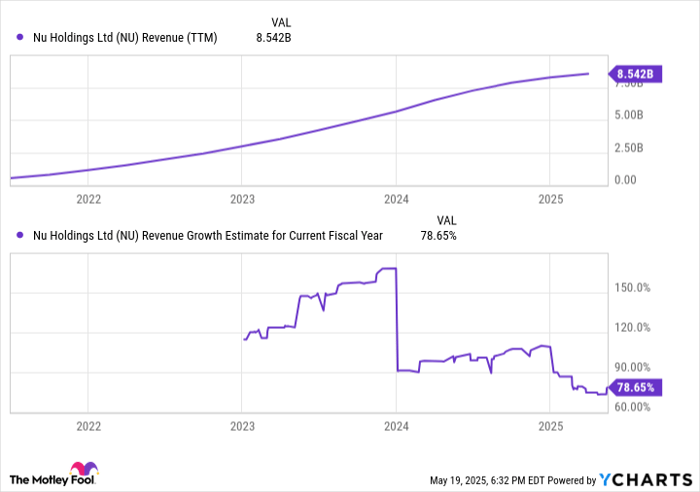Coffee Prices Decline Amid Production Increases and Inventory Rises
On Tuesday, July arabica coffee (KCN25) closed down by -5.40 (-1.44%), while July ICE robusta coffee (RMN25) decreased by -70 (-1.41%).
Production Forecasts Weighing on Prices
Coffee prices experienced a sharp decline due to expectations of higher production levels. The USDA’s Foreign Agriculture Service (FAS) reported on Monday that Brazil’s coffee production for the 2025/26 season is projected to rise by +0.5% year-on-year to 65 million bags. Meanwhile, Vietnam’s output is expected to increase by +6.9% year-on-year to 31 million bags. Brazil is known as the largest producer of arabica coffee, while Vietnam leads in robusta coffee production.
Inventory Increases Affecting Market Sentiment
The rise in ICE coffee inventories is also contributing to the bearish outlook for coffee prices. As of Tuesday, ICE-monitored robusta coffee inventories reached an 8-month high of 5,211 lots, and arabica coffee inventories climbed to a 3-1/4 month high of 866,951 bags.
Further evidence of ample coffee supplies surfaced when Safras Mercado indicated that Brazil’s coffee sales for the 2024/25 season were 97% completed as of May 13, surpassing the 94% completion rate from the same period last year.
Weather Concerns Provide Some Support
Despite the bearish trend, concerns about adverse weather conditions in Brazil may limit further decreases in coffee prices. Somar Meteorologia reported that Brazil’s key arabica-growing region of Minas Gerais received only 2.5 mm of rain during the week ending May 17, which is merely 12% of its historical average.
Export Trends Influence Market Dynamics
Additionally, shrinking coffee exports from Brazil may bolster prices. Cecafe recently disclosed that Brazil’s green coffee exports for April plummeted by -28% year-on-year to 3.05 million bags, while exports from January to April fell by -15.5% year-on-year to 13.186 million bags.
Global Supply Outlook Shifts
Last Thursday, arabica coffee prices reached a 3-week low due to indications of larger global coffee supplies. The USDA projected that Honduras, Central America’s leading coffee producer, will see a production increase of +5.1% year-on-year to 5.8 million bags for the 2025/26 season. Furthermore, consulting firm Safras & Mercado revised Brazil’s 2025/26 coffee production estimate upward to 65.51 million bags from a previous estimate of 62.45 million bags. Brazil’s crop forecasting agency, Conab, also raised its estimate for the 2025 coffee production to 55.7 million bags.
Amid these dynamics, demand challenges are exerting downward pressure on coffee prices. Major global importers such as Starbucks, Hershey, and Mondelez International have expressed that the U.S. baseline 10% tariff on imports will elevate prices and potentially hinder sales volumes.
Regional Production Challenges for Robusta
Robusta coffee finds some support from reduced production levels, particularly in Vietnam. The country’s coffee production for the 2023/24 crop year has decreased by -20% to 1.472 million metric tons, marking the smallest yield in four years. The General Statistics Office of Vietnam reported a -17.1% year-on-year decline in coffee exports for 2024, while coffee exports from January to April fell by -9.8% year-on-year.
Moreover, the Vietnam Coffee and Cocoa Association has revised its 2024/25 production estimate down to 26.5 million bags from 28 million bags. Conversely, Rabobank forecasts a record +7.3% increase in Brazil’s 2025/26 robusta crop, projecting it to reach 24.7 million bags.
USDA Projections Reveal Mixed Signals
The USDA’s biannual report released on December 18 presented mixed implications for coffee prices. The FAS estimated that global coffee production for the 2024/25 season will increase by +4.0% year-on-year to 174.855 million bags, highlighting a +1.5% rise in arabica production to 97.845 million bags and a +7.5% rise in robusta production to 77.01 million bags. Notably, ending stocks are projected to fall by -6.6% to a 25-year low of 20.867 million bags.
Additionally, on November 22, the USDA projected Brazil’s 2024/25 coffee production at 66.4 million bags, down from an earlier estimate of 69.9 million bags. The USDA expects Brazil’s coffee inventories to decline to 1.2 million bags by the close of the 2024/25 season, representing a -26% year-on-year decrease.
Future Production Projections
For the 2025/26 marketing year, Volcafe revised its estimate for Brazil’s arabica coffee production downward to 34.4 million bags, roughly 11 million bags lower than its September estimate, following concerns from a crop tour depicting severe drought conditions. Volcafe anticipates a global arabica coffee deficit of -8.5 million bags in 2025/26, a widening gap compared to the -5.5 million bag deficit expected for 2024/25. This marks the fifth consecutive year of deficits for this commodity.
On the date of publication, Rich Asplund did not hold (either directly or indirectly) positions in any of the securities mentioned in this article. All information in this article is solely for informational purposes. For further details, please see the Barchart Disclosure Policy here.
More news from Barchart
The views expressed herein belong to the author and do not necessarily reflect Nasdaq, Inc.’s positions.



